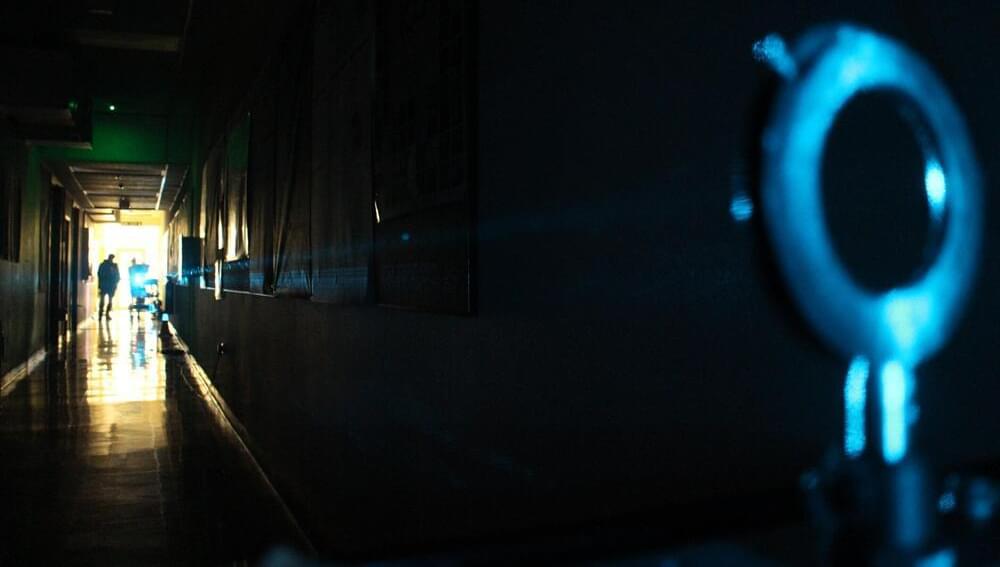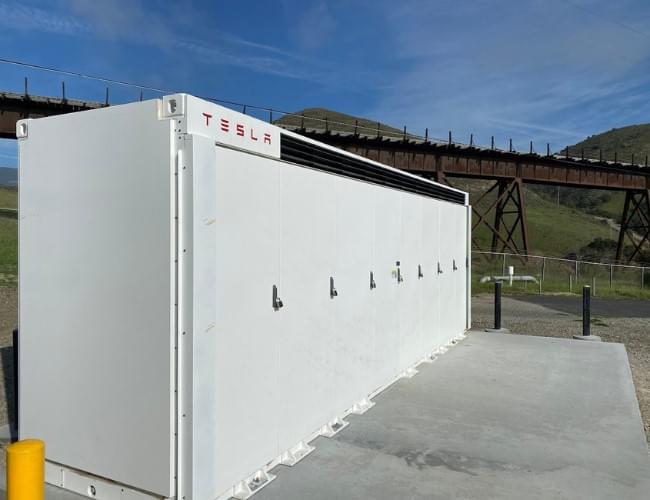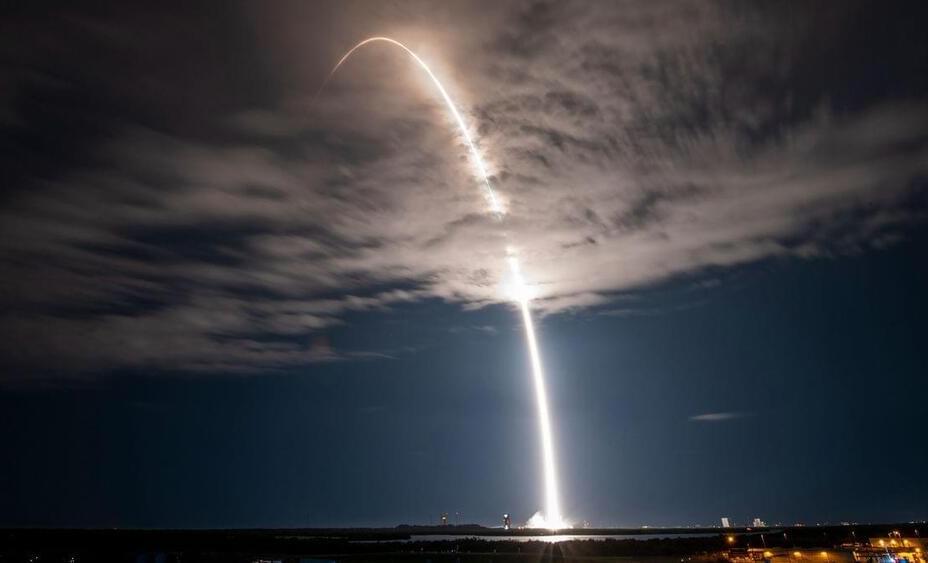University of Otago physicists have used a small glass bulb containing an atomic vapor to demonstrate a new form of antenna for radio waves. The bulb was “wired up” with laser beams and could therefore be placed far from any receiver electronics.
Dr. Susi Otto, from the Dodd-Walls Center for Photonic and Quantum Technologies, led the field testing of the portable atomic radio frequency sensor. A paper on the creation was published in Applied Physics Letters.
Such sensors, that are enabled by atoms in a so-called Rydberg state, can provide superior performance over current antenna technologies as they are highly sensitive, have broad tunability, and small physical size, making them attractive for use in defense and communications.









